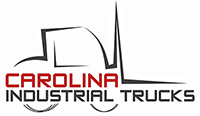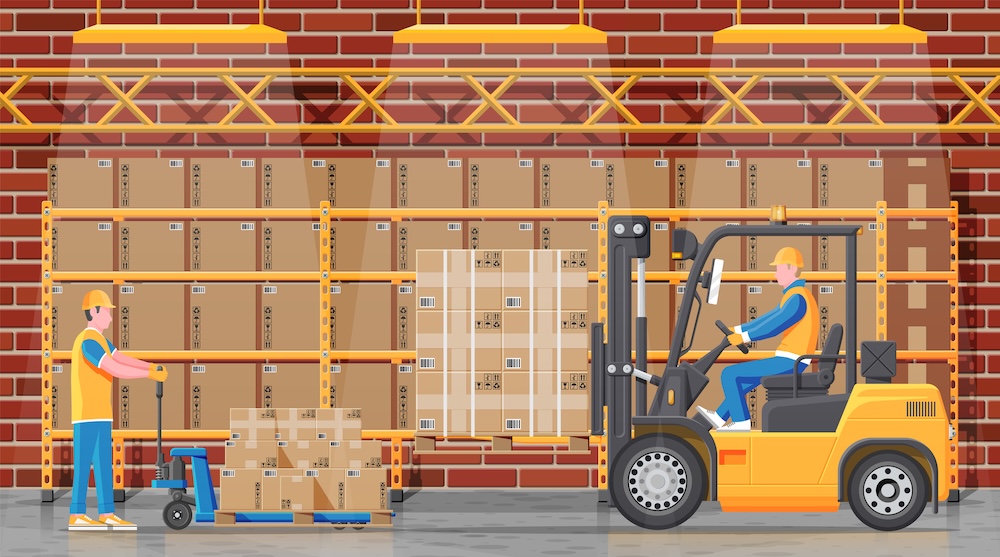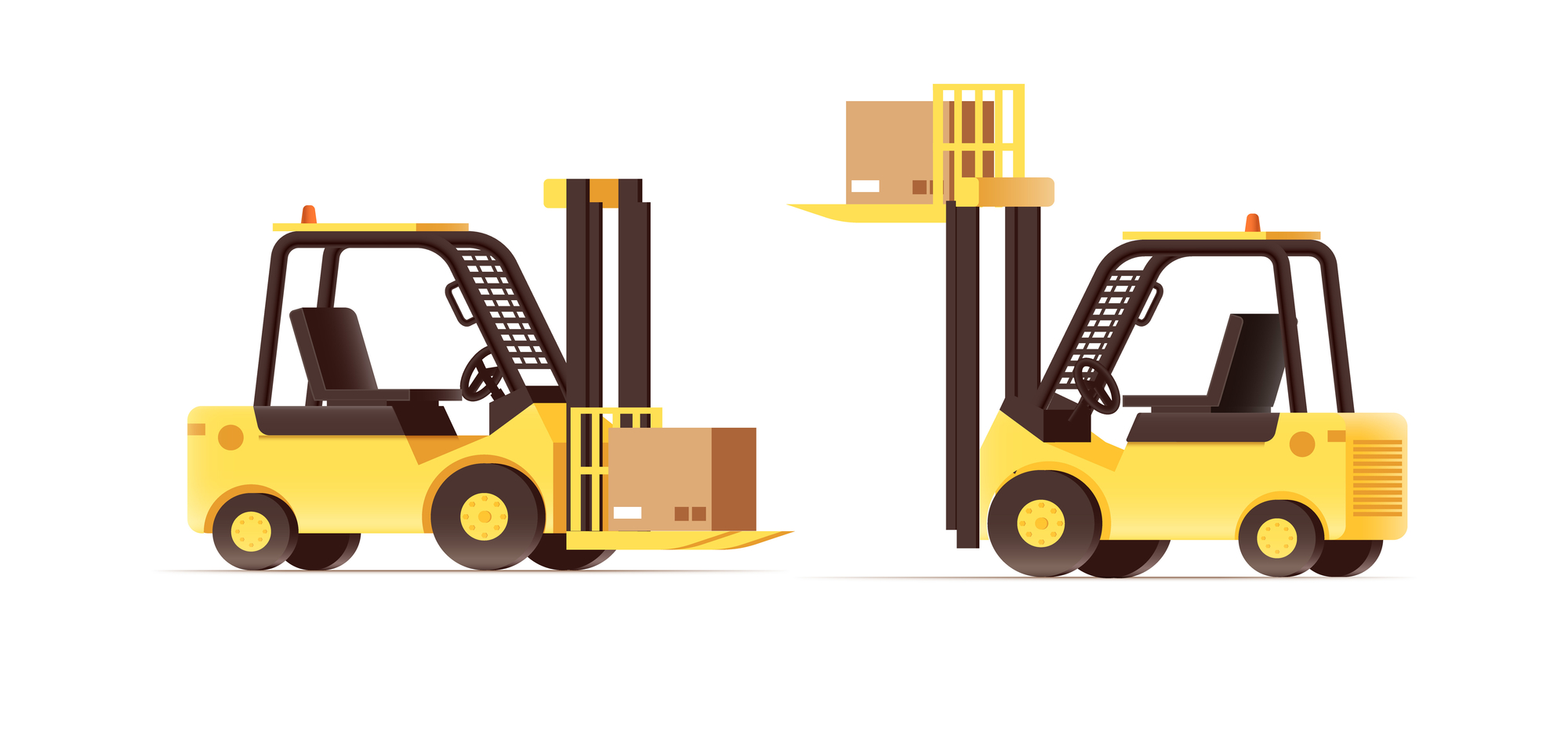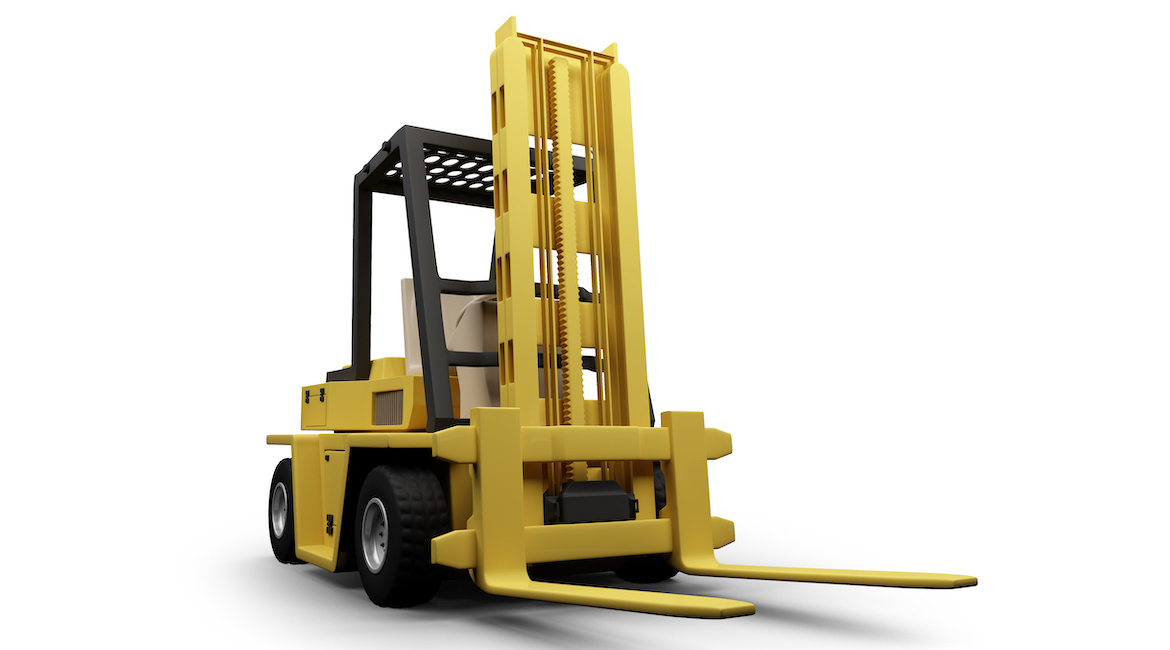Know the Parts of your Charlotte Forklift and Their Function
09/28/2021
CITrucks
Would you like to better understand what each component of a forklift is called, and what it does?
Whether your forklift is part of your Charlotte warehouse or out on a job site, you know the important role it plays to keep products and supplies moving. It's a valuable member of the team that carries the loads that would be impossible to move otherwise.
It's important for you, then, to know how your forklift works and understand the role of the parts of a forklift. If you want to buy a used forklift in Charlotte or are even considering renting one, you need to understand how this machine works.
Let's take a closer look at the parts of a forklift and what their role is in making the machine do its job.
Cab
The cab of the forklift holds the forklift operator. It's where the controls for the forklift are located. Inside the cab, you'll find the hydraulic controls for the forks and mast, along with the accelerator pedal and brake. It also contains the gauges to let you know how the machine is running.
Carriage
The carriage is often an unnoticed but necessary part of the forklift for it to work. This part of the forklift works to mount the forks or other forklift attachment onto the mast of the forklift. Its role is to be a support structure in holding the forks or attachment in place.
Counterweight
Another important part of the forklift is the counterweight. It's what keeps the rear of forklift on the ground as it lifts heavy loads. It helps to balance the forklift as it lifts the load.
The counterweight is located down low at the back of the forklift. This part of the forklift is installed by the manufacturer.
Forks
The forks of the forklift support the load being lifted by the machine. The forks look almost like arms that extend out from the machine. They slide into the pallet of the load being lifted.
The forks are attached to the machine at the carriage, as mentioned earlier. You can change out forks on a forklift, choosing, longer or shorter ones. You can also get forks in a variety of widths.
Hydraulic Lift Cylinder
The hydraulic lift cylinder is the part of the forklift that brings together the mast, forks, and carriage and lets them lift the load. The amount of vertical lift a forklift has is controlled by the hydraulic lift cylinder.
Load Backrest
The load backrest is part of the forklift that keeps the load from sliding into the driver or falling in between the mast or to the ground. It's an upright flat surface at the back of the forks and in front of the mast. It helps to keep the load from moving around.
Mast
On the forklift the mast is the part that actually does the lifting. There are a variety of different types of masts that will adjust the height a lift can be raised. The chains inside the mast work with the hydraulic lift cylinder to raise and lower the load.
Overhead Guard
The overhead guard is a safety feature that protects the driver in the event a load that's raised up should fall. The overhead guard attaches to the cab. Usually this guard is a grate, so it doesn't protect the driver from small pieces of debris that might fall, but it would protect from a larger object.
Power Source
Forklifts can be powered from a variety of power sources. You should consider where and how you use the machine when deciding on a power source. Let's take a closer look at the power source options.
Electric Forklift Parts
An electric forklift runs with a motor versus an engine. These machines run on an electric charge and need to get recharged. They don't release fumes and are good for indoor use.
Diesel
A diesel-powered machine runs the engine using diesel fuel. This type of power is best used outside because of the fumes. Often a diesel forklift will be used at outdoor construction sites where it's used on large and heavy loads.

Gas Powered Forklift
A gas-powered forklift runs a combustion engine. Like diesel, a gas-powered engine will produce fumes and are often best used outdoors.
Propane
Propane powered forklifts run from propane located in a tank at the back of the forklift. The tank is located above the counterweight. A nice feature of a propane tank forklift is the ability to swap out the tanks and keep the machine running.
Tilt Cylinder
The tilt cylinder works to move the mast, forks, and carriage forward and backward. Once a load is on the forks the tilt cylinder will tilt it backward towards the mast before raising the load. This helps to keep the load from falling.
Tires
Like power sources, a forklift can come with a variety of different tire types. The kind of tire you want on your forklift will depend on how and where you're using the forklift. Let's take a closer look at tire options.
Cushion Tire Forklifts in Charlotte
A cushion tire gets pressed directly onto the wheelbase and made of solid rubber. These tires don't come with tread. Because they typically sit close to the ground and have a small turn radius, they are good for maneuvering around, especially inside a warehouse setting.
Solid Pneumatic Forklift Tires
The solid pneumatic tire is the most common one found on forklifts today. They are also made of solid rubber but come with tread, making them useful for inside and outside use. While their cost is a little higher initially, they are nearly indestructible.
Air-Filled Pneumatic Tires
Much like a car or truck tire, this version of the pneumatic is air-filled. It usually comes with a deeper tread making this the tire choice for forklifts working outside in rough terrain.
Know the Parts of your Charlotte Forklift
Now that you know the parts of a forklift, you're better prepared to shop for a forklift and to maintain yours once you have it. It helps to understand the parts of a forklift to better get the machine that will fit your unique needs.
If you're in the market for a new, used or rental forklift in Charlotte we can help. We also service and sell forklift parts. For information about the material handling equipment we sell, repair and service, contact us today!





